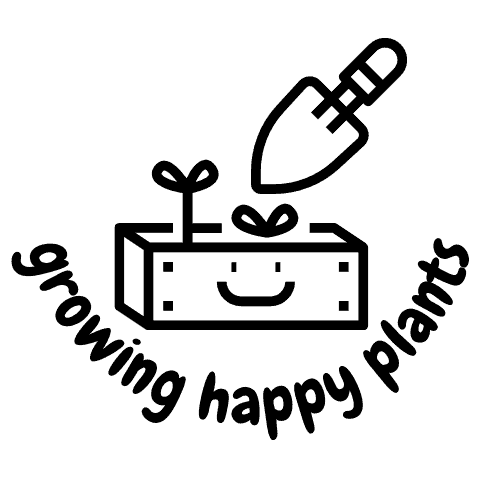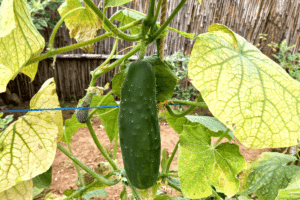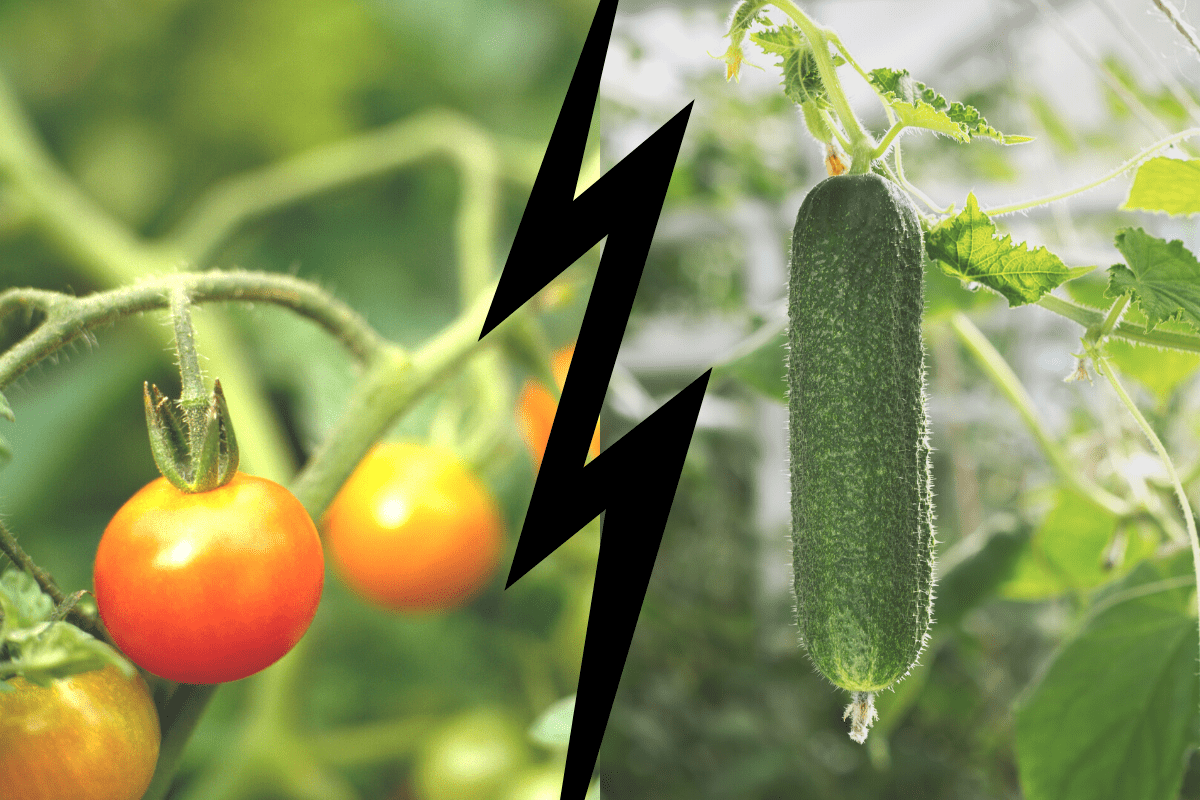Have you started growing cucumbers in your vegetable garden and are now suddenly spotting holes in the leaves? You might wonder and ask yourself: “what is eating the leaves on my cucumbers?”. Here is what you need to know:
The most common cause of holes in cucumber leaves is the striped and the spotted cucumber beetle. The adult beetles mainly feed on the leaves, leaving irregularly shaped holes. Other causes of holes in cucumber leaves are anthracnose, angular leaf spot disease, and scab.
Although cucumber leaf problems are common, it is not normal for them to have holes. If you discover such, you need to find the reason and then, if possible, treat your cucumber plant accordingly.
Btw, holes in the leaves of any vegetable plant in your garden are never a good sign.

Striped and spotted cucumber beetles causing holes in cucumber leaves
Cucumber beetles are one of the most challenging cucumber-growing problems. Most times, they are the number one cause of holes in cucumber leaves.
The little bugs feed on the leaves and can completely defoliate a plant. They also feed on flowers and directly on fruit, causing scarring and holes in the cucumbers themselves.
The larvae mainly feed on the roots and underground portion of the stems, which doesn’t necessarily affect plant health. However, the adult beetles cause the most damage when feeding on the foliage and when populations are high, even on the stems.
The striped cucumber beetle adult is yellow-green, about ¼ inch long, and marked by three black stripes. The spotted cucumber beetle adult is bright yellow-green. It is also about ¼ inch long and has 12 black spots.
Both kinds of beetles are active from June through September.
The life cycle of cucumber beetles
- Depending on where you live, the beetles either live through the winter in leaf litter and then emerge in late May to early June or migrate from warmer places where they spent winter.
- Once in your vegetable garden, the adult beetles feed on the leaves and blossoms of flowering plants. Eventually, they mate and lay eggs in the soil at the base of the host plant.
- The cucumber beetle eggs hatch after several weeks, and larvae feed on plant roots and underground parts of stems. The larvae transform to pupae in the soil and emerge later in the summer as adults.
- Going from egg to adult takes the cucumber beetles between 40 and 60 days. Usually, there is just one generation per year.
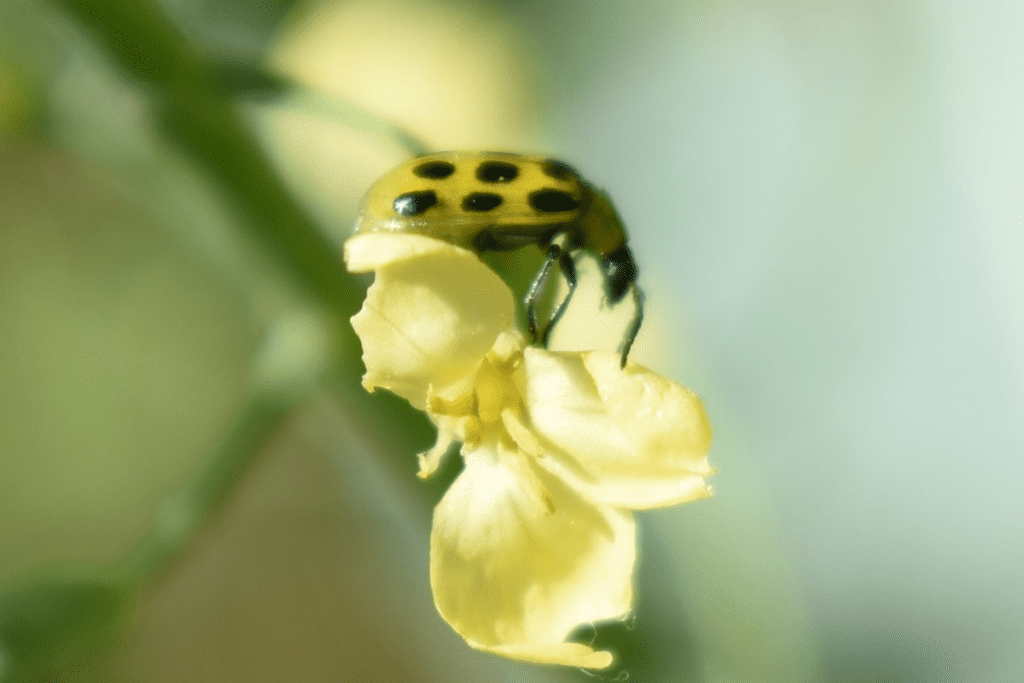
Bacterial wilt caused by cucumber beetles
In addition to the direct damage the beetles bring, they can carry the bacteria that causes bacterial wilt. The beetles can pick the bacterium when they feed on an infected plant and then spread it to your cucumbers. The bacterium then starts to cause the plant to wilt.
Once a plant is infected with the dangerous bacterial wilt, you can’t save it anymore.
First, the infected plant starts to wilt, and the leaves will discolor before eventually dying. Cucumber plants are extremely sensitive to bacterial wilt and don’t survive once infected.
How do I keep bugs from eating my cucumbers to prevent holes in the leaves?
- Keep your garden clean and remove weeds, so they don’t become potential hosts for the beetles.
- Discourage the beetles from laying eggs by applying a heavy layer of mulch around established cucurbit plants.
- If a plant shows signs of bacterial wilt, remove it before more beetles feed on it and spread the bacterium.
- At the end of the season, remove garden debris and leaf litter to reduce sites for adult beetles to survive the winter.
How to get rid of cucumber beetles
To get rid of the leaf-eating bugs, you might have to use pesticides. A popular cucumber beetle pesticide is Neem. It is plant-based and prevents the insects from feeding, eventually killing them. Make sure to carefully read the label and follow its instructions to avoid any problems.
To get rid of cucumber beetles without pesticides, you can use a cucumber beetle trap. It’s a yellow sticky tape that attracts adult beetles. Once they land on the tape stripe, they are stuck and will die.
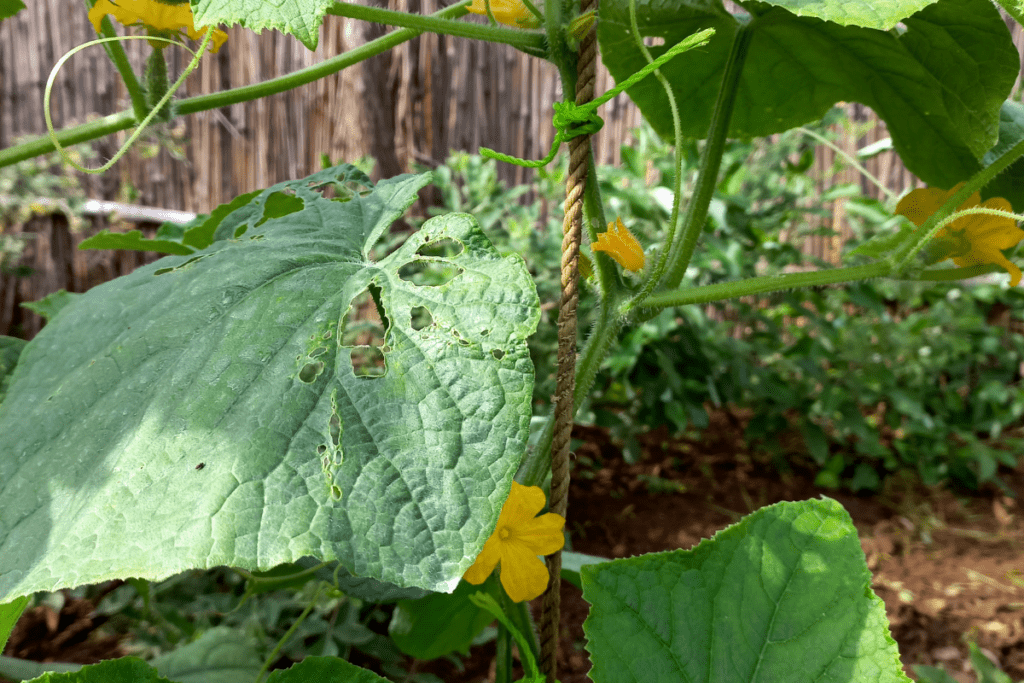
Other causes for holes in cucumber leaves
If you haven’t seen any bugs around your garden, but your plant has holes in the leaves, it could also mean that it’s infected with a fungus or a bacterial disease. Three common ones in cucumbers leaves are anthracnose, angular leaf spot disease, and scab.
1. Anthracnose
Anthracnose is a disease that is caused by a fungus. It spreads from infected plant debris on the ground to the plant by wind or rainwater splashes. Also, seeds collected from diseased fruits can potentially become a source of infection.
Typical signs of anthracnose are roundish dry brown leaf spots that form near the veins. Often, the centers of such leaf spots fall out and leave holes in the cucumber leaves.
This disease usually only appears mid to late season when the weather is warm and wet.
2. Angular Leaf Spot
Angular leaf spot is a bacterial disease. Although angular leaf spot can infect any cucurbit crops, it is less common on cucumber due to many resistant varieties. However, it could still be a potential cause of the holes in your cucumber leaves.
Angular leaf spot disease signs are small, angular, brown spots with a yellow halo developing on the leaves. The spots dry out over time and leave irregularly shaped holes.
3. Scab
Just like anthracnose, scab is caused by a fungus. Although many varieties of cucumber have resistance nowadays, scab could be what causes holes in your cucumber leaves.
Typical signs for scab are white-grayish leaf spots with a yellow halo. Like other cucumber leaf diseases, eventually, the center of the leaf spot falls out, and the leaves look shot holed or ragged.

Related questions:
How do you treat holes in plant leaves?
Unfortunately, you can’t treat holes in your plant leaves once the damage is done. Ultimately, you need to find the cause for the spots and then accordingly get rid of the pest, the fungus, or the bacteria. That way, you can prevent further damage and hope that your plant will recover.
Should I cut off leaves with holes?
If leaves have holes but are still green, don’t remove them. They are still capable of feeding the plant. Are the leaves with holes yellow or dead looking, then you should cut them off. However, if the holes are caused by a pest eating the leaves, removing them won’t help that problem.
The bugs will just continue eating the rest of the plant. You will need to find another way of getting rid of them. Cucumber plant disease treatment always depends on the cause and differs from case to case.

